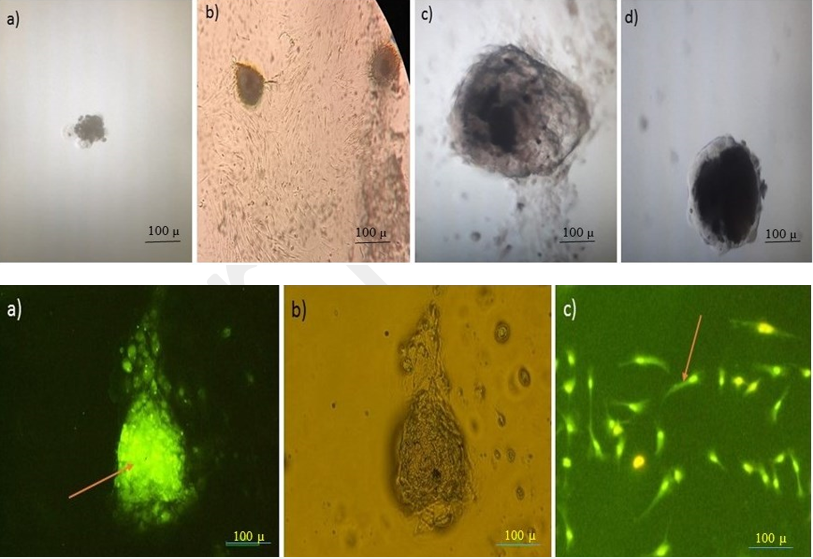Articles in press
|
Review |
Open access |
|
Download PDF |
||||
|
1- |
Optimizing Germ Cell Culture and Cryopreservation in Endangered Beluga Sturgeon: A Strategy for Accelerated Reproductive Maturity |
||||||
|
Hediye Fadakar 1, Tooba Mirzapour 1, *, Shirin Jamshidi 2, Tooraj Sohrabi 2 |
|||||||
|
1 Department of Aquaculture and Animal Production, College of Agriculture and food Sciences, King Faisal University, Al Hofuf, Kingdom of Saudi Arabia 2 Animal and Fish Production Department, Faculty of Agriculture, Alexandria University, Saba Basha, P.O. Box 21531, Alexandria, Egypt |
|||||||
* Corresponding author: Mirzapour, T. : dr.tooba72@gmail.com; Tel: +981333333647 |
|||||||
|
Article info: Submitted: 5/5/2025 |
Revised: 23/5/2025 |
Accepted: 12/6/2025 |
Online: 14/6/2025 |
||||
|
Abstract: The formation and growth of gonads, essential for proper gametogenesis and sexual maturity, rely heavily on germline stem cells. In this study germ cells were isolated from the gonads of six-month-old beluga sturgeons (Huso huso) using various concentrations of trypsin and collagenase enzymes. The isolated cells were cultured for three weeks in two different culture mediums: Leibovitz 15 (L15) and Dulbecco's Modified Eagle Medium (DMEM). The formation of germline colonies was compared between the two culture media. The cells' identity was confirmed by immunocytochemistry utilizing a VASA antibody. The expression of specific genes (Vasa, Nanos, Bax and p53-like) was investigated using qRT-PCR. Cryopreservation of germ cells was performed with two different freezing solutions: dimethyl sulfoxide (DMSO) and ethylene glycol (EG). Based on results isolating germ cells from gonads with 0.5% trypsin- EDTA and 1 mg/ml collagenase caused minimal damage to the cells. In this manner the digestion time decreased to half an hour and the percentage of cell viability also increased to 95%. L15 medium supported the growth of larger colonies due to better pH stability. |
|||||||
|
Keywords: Huso huso, Germ cells culture, Assisted reproduction, Cryopreservation, Cell viability, Beluga Sturgeons. |
|||||||
|
Cite as: Fadakar, H., Mirzapour, T., Jamshidi, S., Sohrabi, T. (2015) Optimizing Germ Cell Culture and Cryopreservation in Endangered Beluga Sturgeon: A Strategy for Accelerated Reproductive Maturity. Animal Reports, 1 , 1:19. In press |
|||||||
|
Formation of germ cells colony in culture medium and Vasa immunoreactivity . |
|||||||
.







